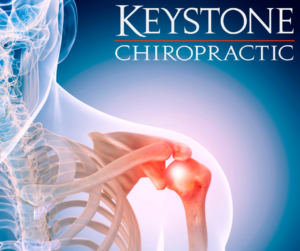 Most Americans will suffer from shoulder pain at some point, and persistent shoulder pain can severely impact a patient’s quality of life. Patients often complain of sleep deprivation and an inability to perform normal every-day activities at the height of their shoulder pain.
Most Americans will suffer from shoulder pain at some point, and persistent shoulder pain can severely impact a patient’s quality of life. Patients often complain of sleep deprivation and an inability to perform normal every-day activities at the height of their shoulder pain.
A number of different issues can cause shoulder pain. However, the great majority of chronic shoulder pain has its root in muscle tone imbalance and spasticity. There is a natural solution that can help your musculoskeletal system balance itself out. Correcting the underlying issue alleviates the pain, and also helps to correct other associated health problems.
Six of the more common conditions that can cause chronic shoulder pain include:
Frozen Shoulder
A frozen shoulder occurs when the rotator cuff muscles (the muscles that surround the shoulder joint) become spastic and locked. This limits the overall range of motion of the shoulder join. Reaching between the shoulder blades, lifting the arm above the head, and abduction are often difficult or impossible. Typically, frozen shoulder affects more women than men, and occurs most often around the age of fifty. According to UCSF Health, between 5 percent and 20 percent of the population will experience at least one episode of frozen shoulder.
Chronic Trapezius Spasm
The most common cause of upper shoulder spasm and tightness is poor posture. When the upper cervical spine has been injured, it results in Anterior Head Syndrome. When the head is no longer balanced over the shoulders, the upper back muscles become spastic as they attempt to blancing the head against gravity. Although there has been awareness of the importance of posture as you sit at a desk and work on a computer, less attention has been given to posture as you use a mobile device. Upper cervical correction is a powerful way to help the body correct this postural imbalance.
Thoracic Outlet Syndrome (TOS)
TOS typically causes numbness, tingling and pain in the arm on the affected side. At the bottom of the neck, there is a nerve plexus known as the brachial plexus which controls function in the arm. TOS is caused by a muscle group on the lower neck called the scalene muscles. When those muscles become chronically tight, they entrap the brachial plexus and result in TOS symptoms. Some patients who suffer from TOS have a cervical rib, which predisposes them to the condition.
Cervical Disc Bulge
A Cervical Disc Bulge, also known as Cervical Disc Protrusion, occurs when the spinal discs and associated ligaments are intact, but may form an out pouching that will press on the spinal nerves. This condition causes pain in the neck, shoulder and the arms, and can impact either the spinal nerve or the spinal cord. If severe enough, and long-standing, it can result in muscle weakness, muscle wasting in the arm and hand and cause severe unrelenting pain. In most cases, a disc bulge will respond to conservative treatment, but a small percentage of patients may require cervical disc surgery.
Rotator Cuff Tears
Rotator cuff tears and strains usually occur after long-term involvement in sports that require wide motions of the arm, like baseball, competitive swimming, and volleyball. Any rotator cuff injury can cause chronic shoulder pain. Typically, severe pain may require surgical intervention. However, patients can start with upper cervical chiropractic care. Adjustments help relieve the “pull on the rotator cuff and limit the amount of pain the patient experiences.
Chronic Neck Pain and Stiffness
Chronic neck problems influence the shoulder. (Remember the song “The leg bone is connected to the hip bone and…”?) Because the neck is near the shoulder and the muscles in the neck influence shoulder function, a neck injury often affects the neck, the shoulder, rotator cuff and upper back. In fact, many shoulder problems are the result of a neck injury. Correcting balance to improve posture and muscle tone throughout the body can help to relieve persistent shoulder pain.
All six of the above conditions are rooted in musculoskeletal imbalance. When the muscles in the neck, upper back, and shoulder become imbalanced and tight, it can lead to or exacerbate all of the above conditions. The brain-stem is located inside the c-1 (atlas) and c-2 (axis) vertebrae. This controls not only the neck and shoulder tone, but also the postural muscle tone of the entire body. As a result, injuries to the upper cervical spine can influence muscle tone and underlie muscle tone imbalance. Correcting these imbalances through chiropractic care can do a lot to alleviate pain.
About Keystone Chiropractic
As an engineer, Dr. Schurger looks at the whole body as a system to determine what is best for each patient. Custom spinal imaging is performed for each patient in order to create a custom correction. Dr. Schurger has transformed himself through the ketogenic diet and offers nutritional advice to help patients improve their overall health (weight loss being a side effect). His practice, Keystone Chiropractic, focuses on upper cervical chiropractic care, and is located at 450 S. Durkin Drive, Ste. B, Springfield. Call 217-698-7900 to setup a complementary consultation to see if he can help you!

Recent Comments